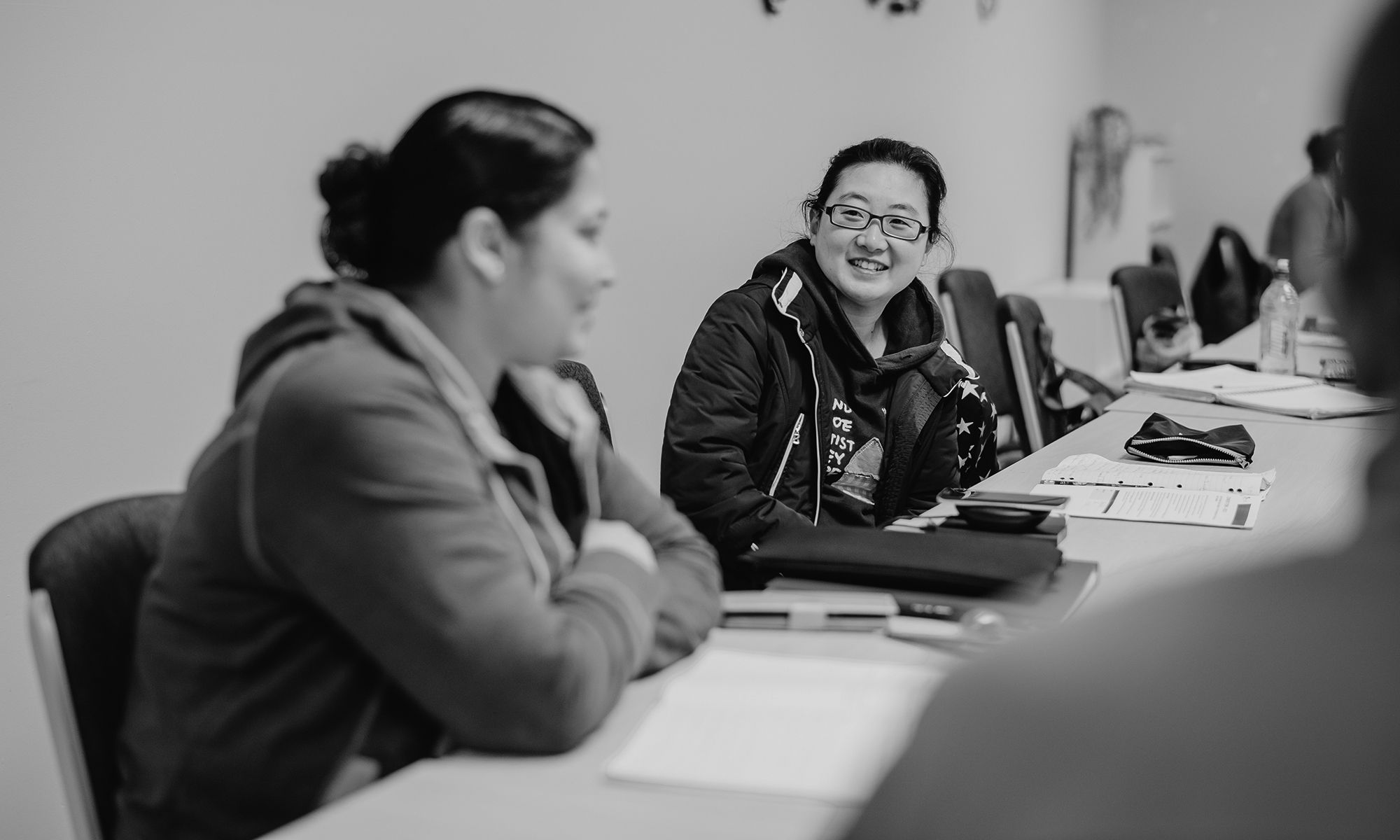Author: Sally Thompson
Edition: Volume 55, Number 3, November 2015
Summary: Interactions between staff in Neighbourhood Houses, and the socially and educationally disadvantaged community members who visit Neighbourhood Houses, have been viewed through many lenses, including community development, social support, caring and compassion. This paper looks at Neighbourhood Houses as sites of pedagogical practice. More specifically, it explores the role of Neighbourhood House administrative staff as literacy mediators — as people who assist others with reading and writing.
Literacy mediation has gained attention as part of a focus amongst New Literacy Studies researchers on the social uses of literacy. In this case study of four staff members working across two neighbourhood houses, I identify that literacy mediation in the neighbourhood houses
is common, complex and growing in demand.
A further area of focus of the paper is the invisibility of the literacy mediation in Neighbourhood Houses — to funding bodies, committees of management and even to other staff. It also identifies the role of emotional labour in both facilitating mediation but also as a contributing factor to the lack of recognition of informal literacy work in Neighbourhood Houses.
Keywords: adult literacy, literacy mediation, neighbourhood houses,
informal learning


 Share a copy of this abstract.
Share a copy of this abstract.
This article is part of AJAL, Volume 55_3. The entire volume is available in .pdf for purchase here.
![]()
![]()
![]()
![]() Share a copy of this abstract.
Share a copy of this abstract.